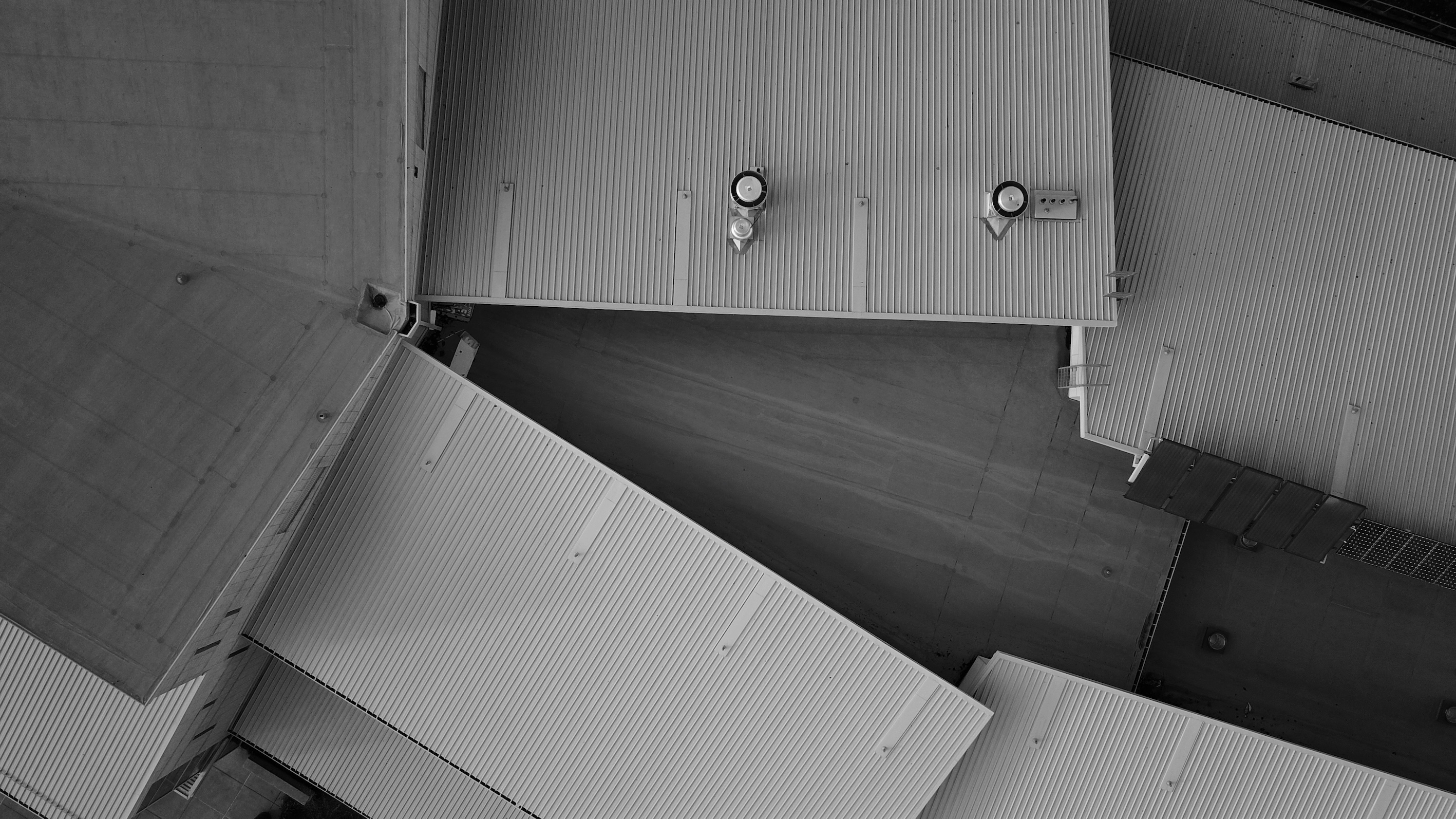Why Loft Insulation is Important
Heat naturally rises, which means without proper insulation, a significant amount of warmth escapes through the roof. In fact, an uninsulated loft can account for as much as a quarter of a property’s total heat loss. Installing loft insulation is one of the most cost-effective ways to improve comfort, reduce bills and lower energy consumption.
When fitted correctly, insulation keeps warmth inside during colder months and helps maintain cooler temperatures in the summer. It’s a straightforward measure that pays back over time while making a home more comfortable to live in.
Loft Insulation Costs
The cost of loft insulation varies depending on the size of the property, the method of installation and the type of material chosen.
-
Average cost: Around £900–£1,000 for a typical three-bedroom semi-detached home.
-
Smaller homes: Terraced properties may be insulated for £650–£800.
-
Larger homes: Detached houses often cost £1,100–£1,200 or more.
-
DIY approach: Purchasing rolls of insulation material costs roughly £10–£15 per square metre, but professional fitting is strongly recommended to ensure performance.
-
Labour costs: Installers typically charge from £250 per day, rising for more complex lofts or restricted access.
Savings on heating bills usually range between £180 and £350 per year. This means that in many cases the installation cost is recovered within 2–4 years, after which the financial benefit is ongoing.
Insulation Materials: What Works Best
The market offers a variety of insulation materials, each suited to different loft conditions and budgets.
Blanket Insulation (Rolls)
-
Made from mineral wool, fibreglass or natural fibres.
-
Supplied in rolls, fitted between and over joists.
-
Affordable, widely used and suitable for most cold lofts.
Loose-Fill Insulation
-
Granules or fibres blown into loft spaces.
-
Ideal for topping up existing insulation or awkward areas.
-
Requires specialist installation.
Rigid Insulation Boards
-
High-performance PIR or foam boards.
-
Used in loft conversions or sloping roof areas where space is limited.
-
More expensive but offers excellent thermal efficiency.
Spray Foam Insulation
-
Applied as a liquid that expands to seal gaps.
-
Useful for difficult spaces but costly and difficult to remove.
-
Can raise concerns with ventilation and property surveys.
Multifoil Insulation
-
Thin layers of foil combined with insulation.
-
Best used in restricted spaces.
-
Performance depends heavily on correct installation.
Recommended standard: For effective insulation, aim for approximately 270 mm of mineral wool (or equivalent) across the loft. Where insulation already exists, it is often more cost-effective to add a top-up layer rather than replace it entirely.
Cold Loft or Warm Loft?
-
Cold loft insulation: Positioned at the loft floor level, keeping the living spaces warm while leaving the loft itself unheated. This is the most common and cost-effective approach.
-
Warm loft insulation: Fitted into the roof slopes, making the loft a heated part of the home. This is required if the space is to be used as a living area, but it is more complex and expensive to install.
Does Loft Insulation Really Make a Difference?
Yes. Loft insulation is proven to reduce heat loss and cut heating bills significantly:
-
A property with little or no insulation can save £200–£400 annually by upgrading.
-
Energy use for heating can be reduced by up to 20%.
-
Comfort improves, with fewer draughts and more consistent temperatures.
It is worth noting that poorly fitted insulation will not achieve these savings. Gaps, compression and blocked ventilation can all reduce performance. Equally, if a property already has adequate insulation, the benefits of topping up will be smaller.
Best Practice for Loft Insulation
To ensure the full benefit, attention to detail is vital:
-
Inspect the loft before work begins – address leaks, damp or structural issues first.
-
Maintain ventilation – ensure air gaps are kept clear to prevent condensation and damp.
-
Seal gaps – prevent warm air escaping through pipes, wiring and the loft hatch.
-
Avoid compressing insulation – flattened material is far less effective.
-
Use a qualified installer – professional fitting ensures correct thickness, coverage and long-term performance.
-
Monitor results – track energy bills after installation to see real savings.
Loft insulation remains one of the simplest and most effective home improvements for cutting heat loss and reducing energy bills. With modest installation costs, a typical payback period of only a few years, and immediate comfort benefits, it is a practical investment for most households.
By choosing the right insulation material, ensuring proper installation and maintaining ventilation, homeowners can expect reliable energy savings and a warmer, more efficient home.



